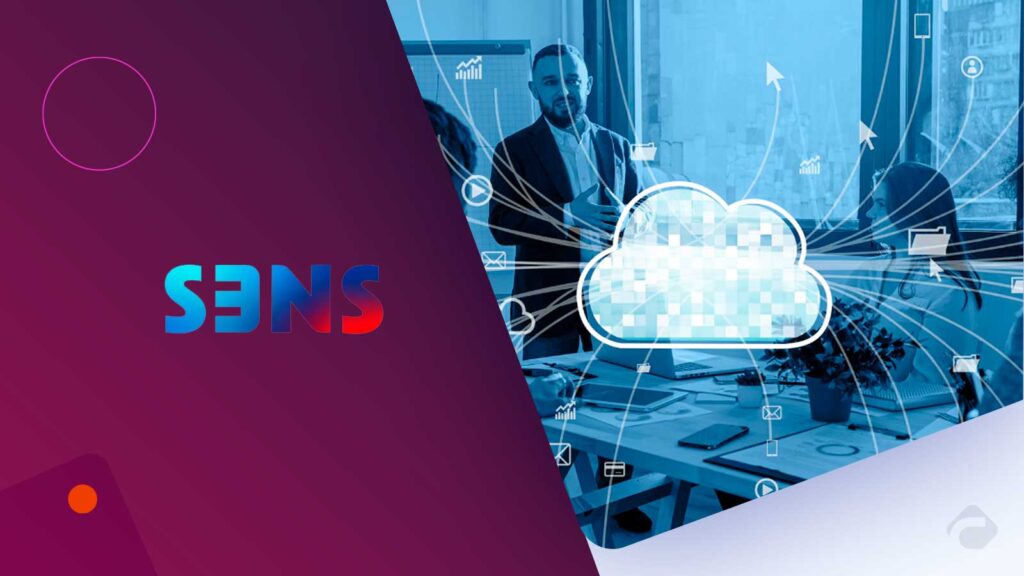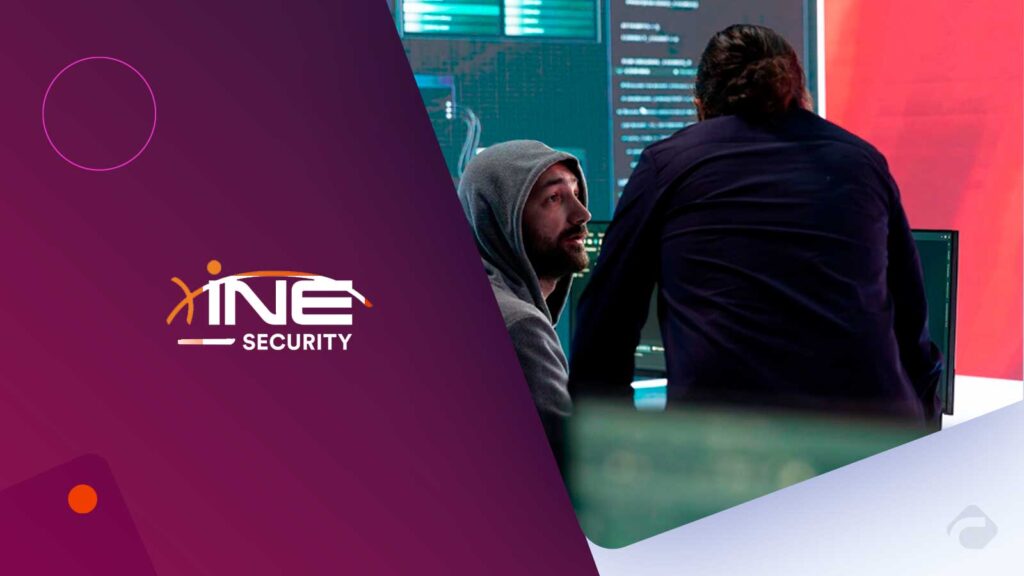As cyberattacks become increasingly sophisticated, So the security community is now asking the question. Is machine learning-enabled autonomous threat hunting capable of outrunning human-centric defenses? For many organizations, the answer lies somewhere in between hope and skepticism.
The Evolution of Autonomous Threat Hunting
Traditional threat hunting needs skilled security analysts at the helm. These people proactively search for signs of compromise prior to them escalating into breaches. This is highly effective. However, it requires a high time and labor investment and is responsive to known patterns of behavior.
AI-equipped autonomous threat hunting can change the game. Using AI and machine learning models, these autonomous threat hunters will detect and adopt new attack vectors, investigate new activity, and continuously monitor threat activity without human engagement. Speed and scale are the objects. Threats are identified in seconds rather than days or weeks.
This transformative step is being enabled by advances in natural language processing (NLP) to parse threat intelligence, behavioral analytics to identify potential suspicious activity, and automated response orchestration to permit instantaneous containment of detected malicious activity.
Why Enterprises Are Looking Toward Autonomy
Enterprise security leaders face multiple challenges, such as the lack of skilled Cyber professionals, expanded attack surfaces due to cloud and IoT, and the speed of adversarial activity.
A Ponemon Institute report in 2025 identified that organizations using AI-driven detection tools identified breaches 40% faster than those detecting breaches manually. In any event, faster detection ideally translates to shorter dwell time, an indicator of malicious actor activity in a network from the point of entrance to discovery; speed is of the essence to mitigate damage. Autonomous threat hunting has four convincing benefits:
1. 24/7 real-time detection-
This approach runs 24 hours a day, 7 days a week, to continuously detect and analyze threats, reducing detection time from hours to minutes and limiting potential impact.
2. Scale-
Each instance monitors and analyzes the entire environment (millions of endpoints, users, workloads) with no proportional increase in staffing or other resources.
3. Adaptive learning-
This approach increases detection accuracy over time by learning new threat intelligence, network behavior, and incident data to detect new, emerging attack patterns.
4. Integrated automated response-
Each instance parallel constructs detection data and triggering of instant containment action, like isolating endpoints or blocking IP, which reduces time spent detecting and quarantining, and limits the attacker’s footprint.
The Technology Behind the Shift Autonomous Threat Hunting
Contemporary autonomous hunting systems make use of AI-enhanced analytics engines that ingest large volumes of data from security information and event management (SIEM), endpoint detection, and threat intelligence sources. Some notable features include:
- Unsupervised learning algorithms that detect patterns of attack not previously identified.
- Anomaly detection leveraging graphs to identify lateral movement across networks.
- Automated playbooks are all linked up with security orchestration, automation, and response (SOAR).
Vendors such as CrowdStrike, SentinelOne, and Microsoft have started to embed autonomous hunting capabilities into their XDR products, achieving proactive over reactive security.
The Readiness Question
While the promise is bright, enterprise readiness for self-directed threat hunting is inconsistent. Sometimes the barriers are cultural or operational. Frequently, security teams do not feel comfortable handing over control to an AI, especially when false positives will disrupt everyday enterprise activities. There is also the issue of trust in models. Why and how the AI made its decision is still unclear, a situation referred to as the “black box” problem.
Infrastructure maturity is another factor. Self-directed threat hunting depends on clean, centralized, and available security data. An enterprise with siloed legacy systems and poor data governance will face a harder time providing AI models the foundational inputs they need to be effective.
A SANS Institute survey from 2024 indicated that while 64% of enterprises have tested or piloted hunting tools that leverage AI capabilities, only 16% of enterprises have them in production. This gap illustrates the need for readiness.
Risks and Limitations
Applying autonomous threat hunting without effective boundaries could potentially create new vulnerabilities:
- Human over-reliance or blind faith in AI is possible if the models are not continually retrained.
- The trend toward adversarial AI attacks (attacker deliberately poisons the model by supplying incorrect data) is a growing concern; this issue is likely to continue to evolve.
- Regulatory compliance risk occurs when automated systems act on sensitive data and no human controls are in place.
Because of these factors, most experts recommend a human in the loop model – have AI conduct the initial detection and triage and then have human analysts check, confirm, and escalate if critical.
Best Practices for Adoption
For businesses contemplating the transition, ensuring readiness entails technical preparation and strategic preparation. While autonomous threat hunting has a strong value proposition, it will be critical to be methodical in the adoption of AI-enabled threat deterrents. Doing so builds confidence, a sense of operational stability, and maximizes investments in AI. Key steps include:
1. Start with a hybrid deployment
It is important to start with a hybrid deployment whereby autonomous threat hunting tools operate in a complementary manner to a live threat hunter, rather than a fully autonomous automated threat hunter. This gradual process of adoption can establish if these AI systems will act in benign and value-provoking manners based on the final thresholds of acceptable risk. Early hybrid utilization affords security teams a chance to initially parameterize the AI systems, reduce false positives, and establish baseline performance on acceptable risk. If businesses are able to develop trust and accuracy over the course of this hybrid utilization, then there are potential opportunities to assist further and expand the role of automation.
2. Acquiring quality data streams
The quality of the data your AI threat hunting assignment establishes is critical to its success. Offshore threat hunting algorithms fundamentally rely on clean, complete, and timely data. It is imperative that businesses conduct an audit of their existing audit, threat hunting, risk, compliance, logs, SIEM, or endpoint telemetry, and understand that the cloud workload analytics are accurate and ensure accountability throughout the ecosystem.
It is vital to incorporate automated data validation, normalization of formats, and visibility around the data’s whereabouts across various domains. Absent establishing this foundation, even the most robust AI models and algorithms will risk producing incomplete results that can be deceitful.
3. Adopt explainable AI (XAI) frameworks –
Transparency is an important element of operational trust. XAI allows security analysts to understand the “why” along with the “what” behind an AI decision, helping them establish acceptable levels of confidence around validation of alerts. This is especially important for industries with strict compliance requirements in which audits might assess the decision-making process. If organizations use solutions that provide logical reasoning paths, friction will be minimized between human and AI insights.
4. Train security teams on their AI capabilities –
AI is only as good as the people who manage it. Security teams shouldn’t just be shown how to use the tool. Training should develop an understanding of the capabilities and limitations of their autonomous threat hunting systems, as well as possible biases that may affect learning. Learning should also cover their ability to interpret findings from AI, how to validate output, and options if something is wrong or anomalous.
Having personnel cross-trained on threat intelligence, SOC teams, and IT operations will also help streamline some workflows when responding to threats.
5. Plan red team exercises –
One of the best ways to measure an AI system’s readiness is by consistently stress testing. You can use simulated attacks for that. The red team exercise evaluated how well the platform was able to identify stealthy or atypical threats. If actions from automated responses were appropriate, they were aligned to the level of risk tolerance for the enterprise.
Incorporating adversarial AI tactics and scenarios into these scenarios. Here, adversaries are attempting to deceive or poison the data fed to the model. Defenses will be required to keep defenses relevant.
The Future: The Human-AI Partnership
It is unlikely that threat hunting will ever be completely autonomous in the near term. It is more likely to be some level of partnership with machine systems that have superior speed. Also, an awareness of the broader threat landscape, but a lack of context, intuition, and ethics.
CISOs have to balance using some measure of autonomy to respond to an expanding attack surface versus human override. Here, a decision could represent a significant business or regulatory impact.
Adversaries are incorporating AI and automation to build sophisticated attack campaigns. Enterprises that do not evolve will fall further behind in protecting their assets. The opposite could equally be true if we move too fast without appropriate controls in place to prevent more exploitation.
The question of readiness is not about whether technology exists. But it is whether enterprise security cultures, processes, and infrastructure can accept the challenges of an AI-augmented world.
Conclusion
Autonomous threat hunting is actively changing the way that enterprises think about the cybersecurity domain. While the first few organizations have a path developed to achieve good detection, there is still a lot of uncertainty for the market to address. Although readiness is a moving target, organizations that begin to prepare today will be better prepared.
Particularly regarding data quality, as well as explainability/other accountability framework concerns, and hybrid operational models that define how the organization can be classified in the larger model. It will be able to exploit the full potential of AI, as well as diminish potential unknown risks associated with AI.
In the shifting, fast-paced chess match that is modern cyber defense, autonomy will be less of an option (if it isn’t already) and increasingly more of a requirement.
FAQs
1. What is autonomous threat hunting?
Autonomous threat hunting typically refers to the use of artificial intelligence (AI) and machine learning (ML) to continuously detect and analyze potential cyber threats without being overly reliant on human analysts or human activity.
2. How is autonomous threat hunting distinct from traditional threat hunting?
Traditional threat hunting is manual and analyst-driven; autonomous threat hunting occurs in real time, scales across large environments, and dynamically adjusts to new/ emerging threats.
3. Is autonomous threat hunting meant to replace the human analyst?
No. The hybrid model (AI autonomously acts as the detection and triage team, while human analysts are tasked with validating issues and managing the higher-critical incident levels) is the most widely adopted practice of autonomous threat hunting.
4. What infrastructure is required for successful autonomous threat hunting?
A centralized security data pipeline, good telemetry that is as clean and comparable as possible, and organizational infrastructure that supports secure connections with the existing suite of SIEM, SOAR, or XDR tools throughout the organization.
5. What are the biggest risks of adopting it?
Over-reliance on AI without oversight, potential false positives, and exposure to adversarial AI attacks if models aren’t maintained.
To participate in upcoming interviews, please reach out to our CyberTech Media Room at sudipto@intentamplify.com.







